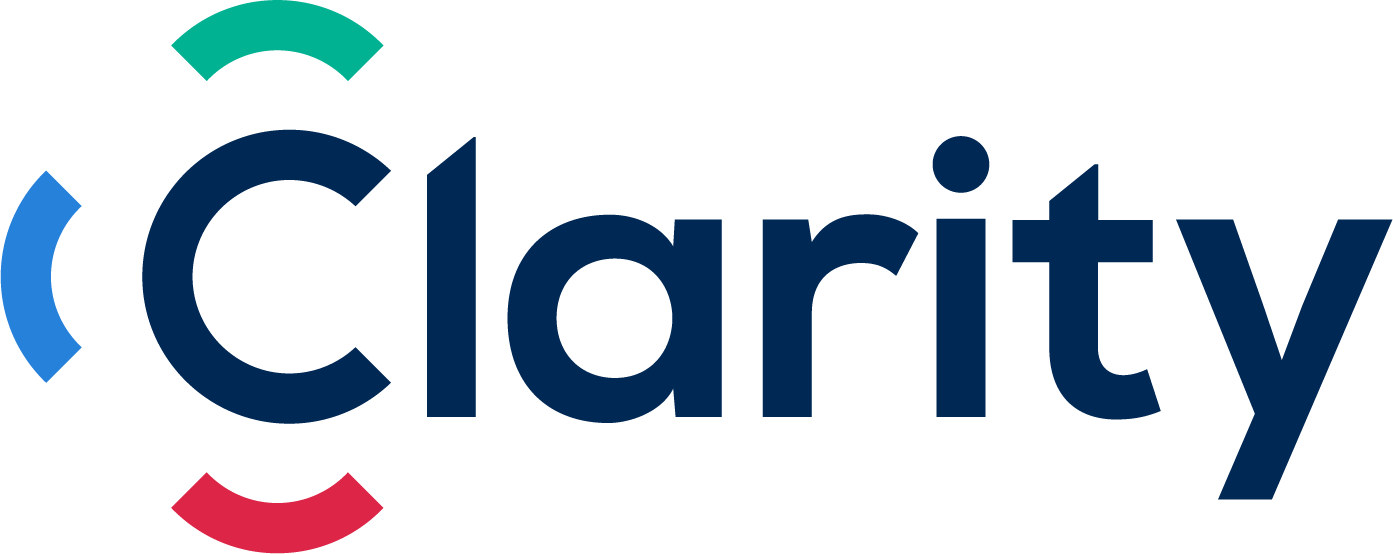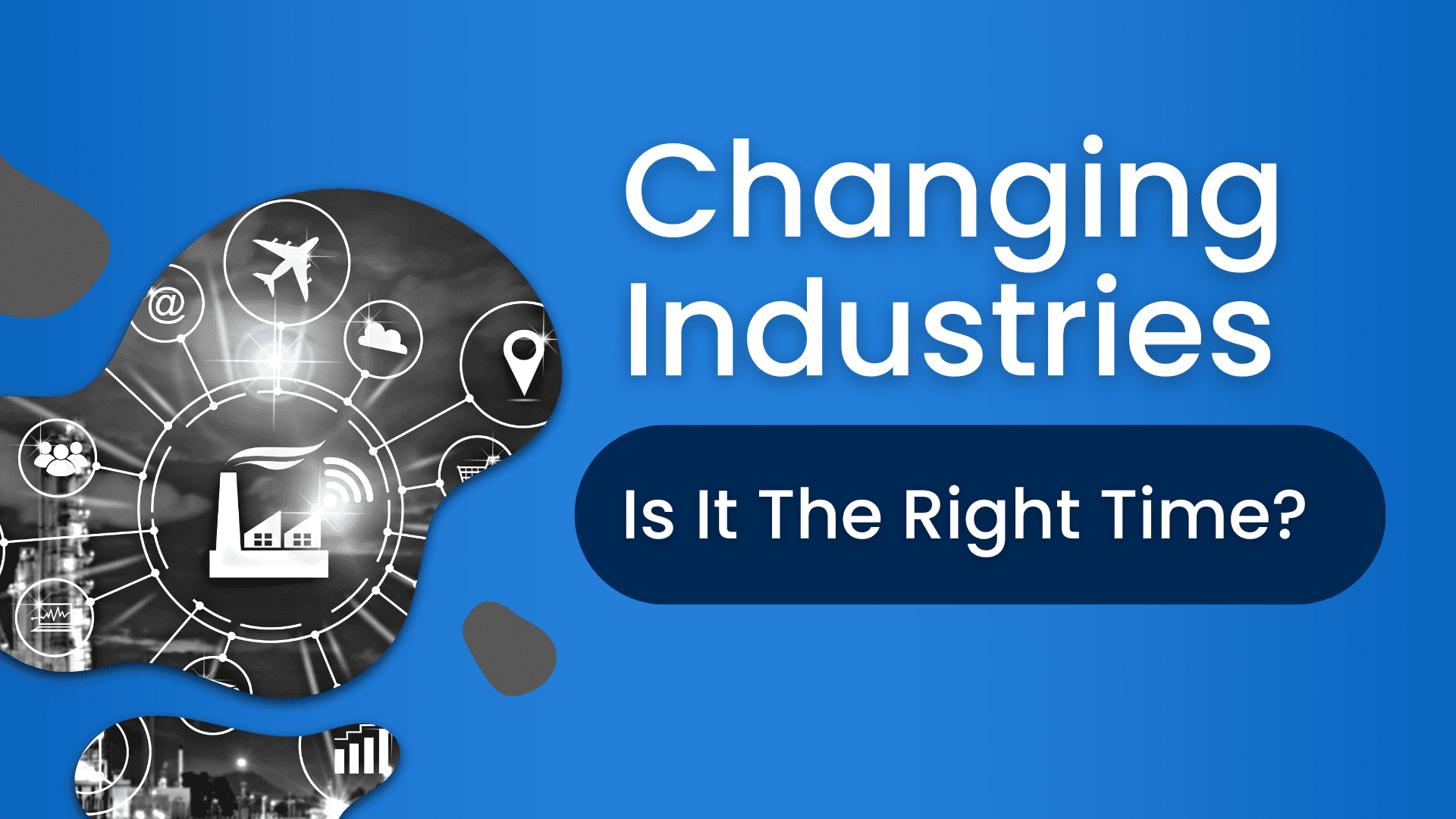Resumes are your first impression. You get 30 seconds or less. Whether you are engaging a recruiter, talking directly to the hiring manager, or being screened by a computer, you have an incredibly limited time to shine during the screening process. While resumes will not get you the job, a well-executed rundown of your experience will open the door to your future employer. Many people struggle with creating clear and concise resumes that speak to the reader, and those people who have chosen a consulting career path are no exception.
Creating an impactful interim, project, or consulting resume presents a number of unique challenges. As a consultant you are likely to have a wide variety of roles, projects, environments, software, industries, etc. and it can be very tempting to include all of it out of fear that you will miss something important. Add the pressure to “get it all on two pages” / “stand out from the crowd” / “get to the top of the pile” and you likely have ended up with a resume that either has too much or too little information, illogical flow or, to many recruiters’ despair – graphics, pie charts, and diagrams.
From an employers’ perspective, when hiring a consultant, they are usually hiring someone to fix a problem, lead a project, or close a skills gap on the team. They are hiring you for a specific purpose and therefore will want to see certain details relevant to what they need. Consequently, the content of your resume should be more project aligned, detail-focused, and results-oriented.
Level 1 – The basics
The first rule of creating a good resume is to keep it simple. There is no need to try to reinvent the wheel. An enticing resume will have curated content in a well thought out format (content + packaging). The key is to give the reader enough relevant and easily digestible information to entice them to call you, but not so much that they are overwhelmed. It is human nature to find the path of least resistance, so make it easy for the person reading your resume to understand your background and want to pick up the phone.
As a consultant, you are hired for a defined purpose and therefore the content needs to be highly relevant to the job. Rewriting resumes for every role can be a pain but to make things a little easier, you can format the content to be easily adaptable to specific job descriptions. At a high level, you want your resume to have 4 sections, with the focus being on your projects, technical skills, and company environment. Everything else is optional.
Skills – a list of interchangeable skills that covers Technical, IT, and Soft skills in short bullets points or a table.
Career achievements / key projects – 3-4 key projects relevant to the job with specific outcomes mentioned.
Experience – chronological (month and year) run-down of employment history. Keep experience over 10 years old shorter, adding more information for roles that are highly relevant.
Education – include the year of designation and any additional courses taken.
Level 2 – Demonstrate results and specific projects
Throughout your career, you will have had the pleasure of being exposed to a wide range of projects. Listing your achievements chronologically is a good place to start, but more importantly, showing your success on these projects is critical to securing the job. When discussing your experience, it should be more about the specific results you achieved than the process it took to get there. Companies look for consultants that have successfully shown they have been able to achieve results under similar circumstances in the past. Think about the mandate you were given going into the roles and the tangible outcomes of the work you put in. Including goals, time frames, verifiable numbers, and stakeholder interactions are critical to demonstrating your success and suitability. One step further and mentioning the challenges you came up against or the push-back you may have encountered will make your experience stand out against the competition.
Level 3 – Give context
Securing a consulting role is as much about contextual fit as it is the technical skills you bring to the table. Your success or defeat in a project is more often a consequence of your suitability to the environment you are in than the hours you have logged. This is where you can let your soft skills shine!
We often see requests for strong leaders in a crisis, excellent communicators during change, or critical thinking throughout a transformation, so while discussing your experience, focusing on what the company was going through will seal the deal. Include a brief description under the company name to give context to your role. Finally, think about who your reader is and don’t assume the client knows who the organizations are or their size. Make it obvious by listing revenues, points of growth, employees, etc.
Level 4 – Close the deal with your USP
From start to finish your Resume needs to be overloaded with information about your Unique Selling Point (USP) which is the unique value only you can bring to the role. Often, your USP is driven by the niche. Your opening statement should reflect the niche you have created during your consulting career, built on your USP, and your experience is used to validate this statement. Your USP is essentially your answer to “Why should we hire you?”.
Final Reflections
Remember that your resume is your calling card – it is the reason someone will pick up the phone to talk to you. Entice that person with a standout resume that is informative, contextualized, and backed up with results. If you are wondering where to start or just need a second pair of eyes to guide you, get in touch with our project and interim team today for further advice. About the AuthorCheck out more of our popular articles on Career AdvicePopular Articles





